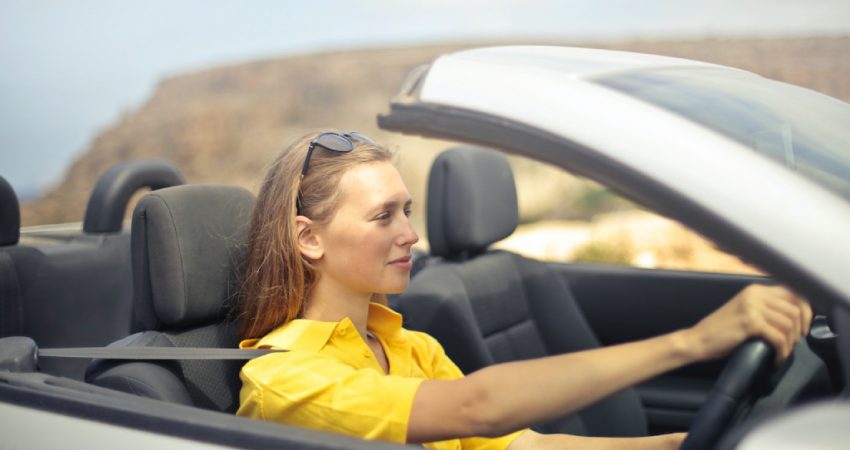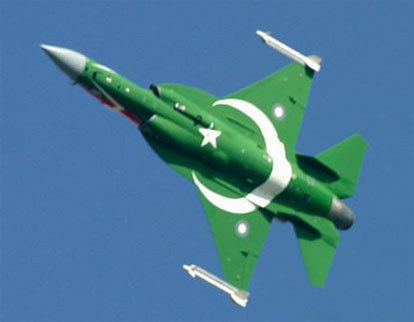To drive in Pakistan, foreign visitors must have valid driver licenses issued by countries of their residence, International driving permit, and third party insurance.
The main Pakistani road traffic rules:
- Driving is on the left side of the road.
- The minimum driving age for any motor vehicle is 18 years.
- Third party insurance is required.
- Driving under influence of drugs or alcohol is forbidden.
- Changing lane or turning without giving proper signal is prohibited.
- It is not permitted to stop on zebra crossing.
- Drivers must yield the right-of-way to pedestrians.
- All vehicles and vehicle drawing a trailer must use extreme left lane unless they are overtaking vehicles moving below the minimum posted speed limits or unavoidable in the interest of safety.
- Any loads carried or towed must be marked the ends with red flags by day and red lights by nights.
- The rider and passenger on a motorcycle, scooter, and moped must wear an approved safety helmet. It is advisable to wear eye protectors.
- Drivers are not permitted to drive under the influence of drugs or medicines.
- All vehicles under the control of learner must display L-plates.
- Driver and all passengers from the front and rear seats must wear seat belts if the latter are available.
#pakistan #DrivingRulesinPakistan #DrivinginPakistan #pakmitti
- Children under 1.5 meters (about 5 feet) and from 3 to 11 years of age must be transported with using an appropriate special child restraint.
- It is illegal to use of a hand-held telephone or microphone while driving.
- It is prohibited to throw lighted cigarettes or refuse on the road.
- The maximum speed limit on rural highways is 120 km/h (74 mph) on primary roads (motorways, expressways, dual carriageways), 100 km/h (62 mph) on secondary roads (two lanes), and 80 km/h (50 mph) on tertiary roads (signal lane, gravel). The maximum speed limit on urban highways is 100 km/h (62 mph) on primary roads (motorways, expressways, and dual carriageways), 80 km/h (50 mph) on secondary roads (two lanes), 50 km/h (31 mph) on residential streets, and 40 km/h (25 mph) near mosques, schools, and hospitals.
- The minimum speed limit on rural highways is 65 km/h (40 mph) and on urban highways 50 km/h (31 mph).
- All drivers must stop when a school crossing patrol shows a “Stop for children” sign.
- At road junctions, drivers must give way to pedestrians who already crossing the road into which cars are turning.
- Drivers also must give way to pedestrians on a pavement cars need to cross.
- When someone has stepped on to a pedestrian crossing, drivers must give way.
- It is forbidden to overtake and park on a pedestrian crossing and pelican crossing, including the area marked by zigzag lines.
- In a queue of traffic, drivers must keep pedestrian crossing clear.
- When passing a procession or a body of troops or police on the march, vehicles must move with a speed not greater than 24 km/h.
- It is not permitted to cross double unbroken white lines.
- If double white lines are on the road and the line nearest to a vehicle is broken, a driver may cross the lines to overtake if it is safe. He can do so before reaching an unbroken white line on his side.
- If the marked area on the road is bordered by an unbroken white line, drivers must not enter it except in an emergency.
- It is not permitted to drive in a cycle lane.
- Slow moving vehicles must keep to the left of the road.
- Overtaking is not permitted at a corner or bend, a hump bridge, the brow of a hill.
- On narrow hilly roads, vehicles which are going downhill, must stop and give way to vehicles proceeding uphill.
- It is not permitted to turn left from the right lane and right from the left lane.
- Drivers must not turn right on the red light under any circumstances.
- At a controlled intersection, it is prohibited to turn left on red, except places specifically permitted by a sign.
- When reaching the roundabout, drivers must give way to traffic on their right unless road markings indicate otherwise.
- Drivers may use fog lights when they cannot see for more than 100 meters (328 ft) and must not use in other times.
- Drivers must not use their horns in built up areas from 23:30 (11.30 p.m.) to 7:00 (7.00 a.m.) in a built up area.
- Using radio, tape-recorder, phonogram, etc. is prohibited in public transports and goods vehicles.
- It is forbidden to stop and park on:
- the pedestrian crossing;
- the carriageway of a motorway;
- a bus or cycle lane;
- a Clearway;
- by the zigzag lines.
- Parking also is not permitted:
- by yellow lines along the edge of the carriageway;
- on a footpath, pavement or cycle track;
- at or near a bus stop or taxi rank;
- at level crossing;
- near a school entrance;
- within 10 metres (32 ft) of a intersection;
- except in an authorised parking space;
- near the brow of a hill or hump bridge;
- on the slip-road and the hard shoulder;
- in front of the entrance to a property.
- It is not permitted to park at night facing against the direction of the traffic flow.
Additional information:
- For safe crossing of roads by pedestrian at places, other than the intersections, special signals, which are called Pelican crossing, are provided.
- At Pelican crossings, a flashing amber light will follow the red ‘STOP’ light. When the amber light is flashing, drivers must give way to any pedestrians on the crossing.
- Drivers should never reverse from a side-road into a main road.
- Flashing headlights lets another road user know the vehicle is there.
- Any driver must have a valid driving license, car registration certificate, third party insurance, current fitness certificate, and the Highway and Motorway code.
- Tires of cars, light vans and light trailers must have a continuous tread depth of at least 1.6 mm.
- By law, it is the driver’s responsibility to ensure that children under 14 years were transported with the law.
- The police phone number is 15.



